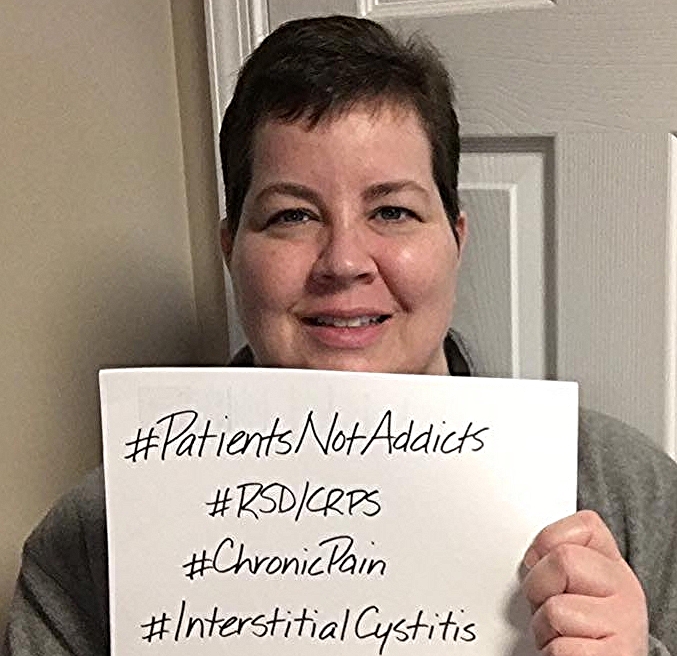Why I Hate February
/By Crystal Lindell, Columnist
I effing hate February. First of all, it should be spelled Feburary. It’s called phonics, people.
And then, everyone who is happy and well-adjusted gets to brag about the fact that they found true love for a whole freaking day. The Bears are never in the stupid Super Bowl. And there are no longer any Christmas lights to get us through the eternally dark days.
Also, it’s the anniversary of when I first got sick.
I guess that’s the real issue. I will forever associate it with the worst thing that has ever happened to me. Sorry, February.
Feb. 4, 2013 was the day I went to the ER, and it means it’s been three years exactly since I first woke up with rib pain. Even though I’ve been doing better lately, I’m still extremely broken — both physically and emotionally. My ribs still hurt if I do too much, or get too stressed, or rain is coming, or Pretty Little Liars gets too intense.
And I’m having the worst anxiety from the long-term morphine withdrawal.
Like anxiety attacks that leave me crying in the middle of Target on a Friday afternoon for no reason, other than the fact that I have convinced myself that I’m never going to get married or have kids, and that I will likely die broke and alone in an apartment filled with old newspapers and cats. And I’m allergic to cats.
It sucks.
Every day when I wake up I have to constantly tell myself: Today is a new day. The sun is up — again. The sun always comes up. And today you get to start over. Today will be better.
I have been trying to look back over all the progress I’ve made since last year at this time — I lost weight! I feel mostly better! I got out of a relationship that needed to end! But I usually just end up thinking about what my life would have been like if I had never gotten sick.
My painniversary is one of those days that stop me in my tracks. It’s bigger than New Year’s and more stunning than my birthday every year.
It’s one of those days where I woke up three years ago assuming my life was just going to go according to plan, but instead the world ended. It’s the kind of anniversary nobody expects to ever have.
They say that Virgos are really hard on others, but it’s only because they are hardest on themselves. As a Virgo, I can tell you that it’s true; I’m totally judging you, but it’s only because I think I suck.
I should have lost more weight by now. I should be married with kids by now. I should have finished my freaking book by now. How come I can’t get completely off the morphine? What is wrong with me? These are the thoughts that constant anxiety and horrible pain plant in your head.
I wish it was different. I wish I was a cliché motivational poster or something and I could write about how I’m a better person now — a stronger, more compassionate person. How being sick made my faith stronger and made me amazing. But that’s not real life. Being sick didn’t make me stronger. It made me weaker and it broke me into a bunch of shattered pieces and it’s going to take a long time to put me back together.
I’m using this app called Calm to try to meditate. I even paid $9.99 for a month worth of extended meditations. I’m forcing myself to work out. And I’m trying to write through all my emotions.
But at the end of today, it’s still today. The three-year anniversary since I first woke up with rib pain, went to the ER and everything I ever knew got all effed up.
Tomorrow is a new day though. The sun will come up — again. The sun always comes up. And tomorrow I get to start over. Tomorrow will be better.
Crystal Lindell is a journalist who lives in Illinois. She loves Taco Bell, watching "Burn Notice" episodes on Netflix and Snicker's Bites. She has had intercostal neuralgia since February 2013.
Crystal writes about it on her blog, “The Only Certainty is Bad Grammar.”
The information in this column should not be considered as professional medical advice, diagnosis or treatment. It is for informational purposes only and represent the author’s opinions alone. It does not inherently express or reflect the views, opinions and/or positions of Pain News Network.



































